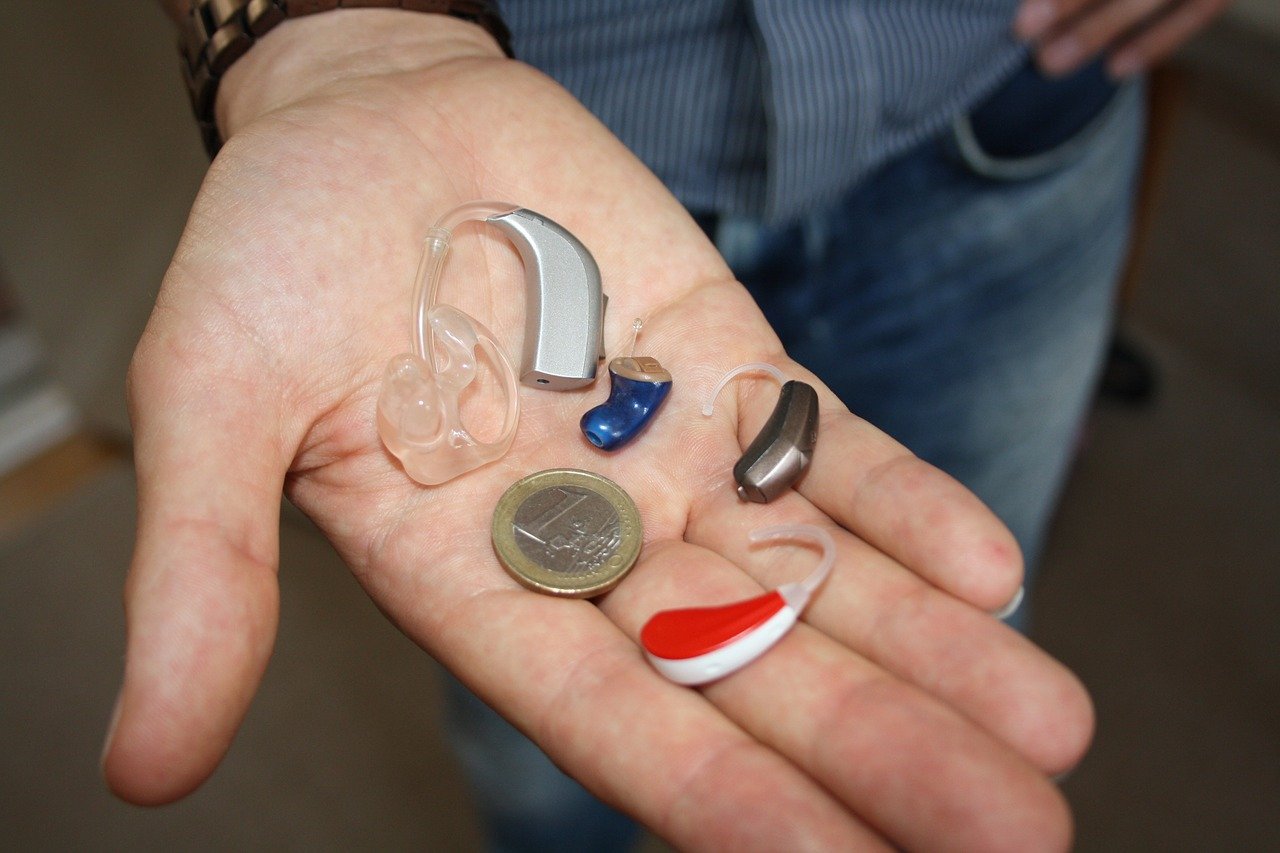Hearing aids are now more advanced than they’ve ever been. Rather than simply acting as passive hearing assistance devices, they now come packed with a plethora of features, everything from Internet connectivity to onboard language translation. In the past, hearing aids were primarily battery powered. Today, there are hearing aids that are rechargeable that can last up to 24 hours. It isn’t just hearing aids that have gotten better, either.
There are a ton of excellent hearing aid accessories on the market. Some are designed to work in tandem with hearing aids, adding extra functionality. Others work with your alarm clock to wake you up in the morning, or sync with your phone to help you make calls.
From Assistive Listening Devices (ALDs) to stand alone, here are some great accessories you can look into for yourself. Check the functionality of your hearing aid and keep looking for the best custom ear plug (to protect your hearing) before purchasing anything, though. Some hearing aids have stuff like Bluetooth and FM built-in.
Alerting Devices
We’ll start with something simple and straightforward. These connect to your phone, doorbell, or alarm clock. They then deliver a loud vibration, loud sound, or flashing light to catch your attention, something which is particularly useful for more severe cases of impaired hearing.
Locational Amplifiers
There are multiple devices on the market designed to be placed near a conversation partner, speaker, or another source of sound. Particularly useful in busy environments such as gyms, restaurants, meetings, and conference halls, these devices gather sound and transmit it to your hearing aid in a variety of ways. More modern versions utilize wireless streaming.
These amplifiers may either use FM radio waves or infrared light. The latter is far superior to the former, as signals are difficult to eavesdrop on, and aren’t subject to interference. There are also personal amplifiers to be used in more intimate settings, like commuting to work or watching.
With a built-in directional microphone, they can be aimed at a source of sound with relative ease.
Bluetooth Streaming Devices
Most modern hearing aids already have built-in Bluetooth functionality. This makes it easy to connect your hearing aid to everything from your phone to your television to your PC. In some cases, you may need to purchase an external streaming device — for example, if you have a smart TV that lacks Bluetooth functionality.
Hearing Loop
Consisting of a receiver, a loop of wire, and an amplifier, hearing loops use electromagnetic currents to transmit sounds back to a hearing aid or implant. Their main purpose is to eliminate background noise. This makes them particularly useful in public places like airports or malls.
Hearing loops can connect to virtually any audio source, as well.
Drybox/Dehumidifier
It’s far too easy to expose your hearing assistance devices to moisture which could damage or even destroy the internals. This is especially true if you live in a humid client or a region with frequent inclement weather. Instead of having to deal with repair and replacement, you may want to invest in a drybox/dehumidifier.
At their most basic, these devices work overnight via a specialized drying agent known as a desiccant. There are also more elaborate, electronic versions that come with UV sanitization. Note that while this is helpful, UV sanitization is no substitute for regular cleaning and maintenance.
Last Thoughts
One final note before we wrap things up. Be sure to carefully check your hearing aids for compatibility. Some accessories won’t work with certain hearing aids, and vice-versa. But with a bit of research and the right combination of accessories, you can hear at a level you never thought possible.
About the Author:
Pauline Dinnauer is the VP of Audiological Care at Connect Hearing, which provides industry-leading hearing loss, hearing testing, and hearing aid consultation across the US.
